 AAMI’s HE75 and the new FDA draft guidance, “Applying Human Factors and Usability Engineering to Optimize Medical Device Design” has officially established human factors activities as a requirement throughout the development process, leading many to ask if human factors is something that their company knows how to do, has to do or can do. Because the FDA has reaffirmed the perspective that human factors is a critical dimension of safe and effective device design, human factors and usability must be considered from the outset and their ultimate verification and validation are rooted in the very same regulatory basis as technical device function.
AAMI’s HE75 and the new FDA draft guidance, “Applying Human Factors and Usability Engineering to Optimize Medical Device Design” has officially established human factors activities as a requirement throughout the development process, leading many to ask if human factors is something that their company knows how to do, has to do or can do. Because the FDA has reaffirmed the perspective that human factors is a critical dimension of safe and effective device design, human factors and usability must be considered from the outset and their ultimate verification and validation are rooted in the very same regulatory basis as technical device function.
However, care must be taken to avoid designing a device that is simply an amalgamation of multiple sets of requirements. In other words, the requirements and guidelines cannot be treated as a simple recipe for the device. The question, then, is this: What elements are necessary to successfully develop a device across the multiple dimensions of usability and device function, and how can an organization enable this process? Simple evaluative techniques are simply not enough to satisfy the FDA guidance. The real value is in embodying potential solutions to multi-dimensional problems throughout the process and iteratively testing them to de-risk verification and validation activities.
Keys to Success
Balancing Device Complexity with Usability
At a high level, the overall safety and usability of a device is a consequence of both technical robustness and intuitive workflows and usability. Ultimately, the focus must be on mitigating a particular hazard for all potential modes of initiation, which requires the concurrent work of Research and human factors experts, user experience designers, industrial designers and engineers. All discipline perspectives are needed to effectively anticipate the technical and usability challenges. Closely coupled with this development philosophy is the need for a scalable risk analysis approach that is lightweight and flexible enough to guide early concept and architecting phases, but ultimately converges to a rigorous evaluation of the final design direction. Concurrent exploration together with scalable analytics ensures that usability concerns are addressed from the very outset when fundamental issues can most easily be addressed.
Skillful Iterative Development and Formative Evaluation
To optimize device usability, it’s important to deconstruct complex tasks into their critical sub-tasks and interactions in a way that can be quickly evaluated for their potential to achieve overall user objectives. By doing this within a framework that maintains visibility of the high-level user workflow and usability of the device, the developer can allow for divergent exploration as well as mitigation of risk throughout early design activities. Formative evaluation targeted at each critical sub-task and interaction builds confidence in and knowledge of early concepts and informs development decisions in a way that reduces the risk of issues surfacing much later in the process, usually in verification and validation activities during summative testing.
Expertise in Human Factors, the Skill to Architect Solutions
Critical to successful treatment of human factors are practitioners with experience interpreting and understanding the goals of users as well as the types of interactions that might be desirable or preferred. However, the added dimension that must also be present is the ability to use this expertise not only for evaluation but also for creation. This starts with an understanding of usability, cognition and user perception, but also requires the skill of expert developers and practitioners to embody solutions that will meet with successful evaluation.
Catalyzing the Process: Defining Attributes and Outcomes
There are always requirements that can be stated in very specific, quantitative terms from the outset. However, there are also many requirements that can be solved for in a variety of ways and call for divergent exploration. Typically, these requirements are the ones that present the best opportunities for influencing the usability of the device. Human Factors involvement throughout the process can help translate these requirements into effective interaction attributes and successful outcomes. Both of these better enable exploration of many different solutions to best identify the optimal one. Without doing this, developers run the risk of relying too heavily on existing conventions or the architecture of predicate devices, which can result in requirements that stifle the creative process and lead to ad-hoc fixes rather than holistic usability solutions.
The Bottom Line
It is important to remember that the FDA human factors guidance and the FDA-endorsed AAMI HE75 are not how-to manuals, nor do they feature a list of criteria that must be met in order to be accepted by the FDA. It is up to the device manufacturers to incorporate human factors engineering into their development process and their Quality Management System to ensure that their devices are safe and effective. Working with a human factors expert in conjunction with the development team is the best way to comply with FDA standards and to produce devices that will encourage adherence and create brand value with the end users – your customers.

